

 23
23




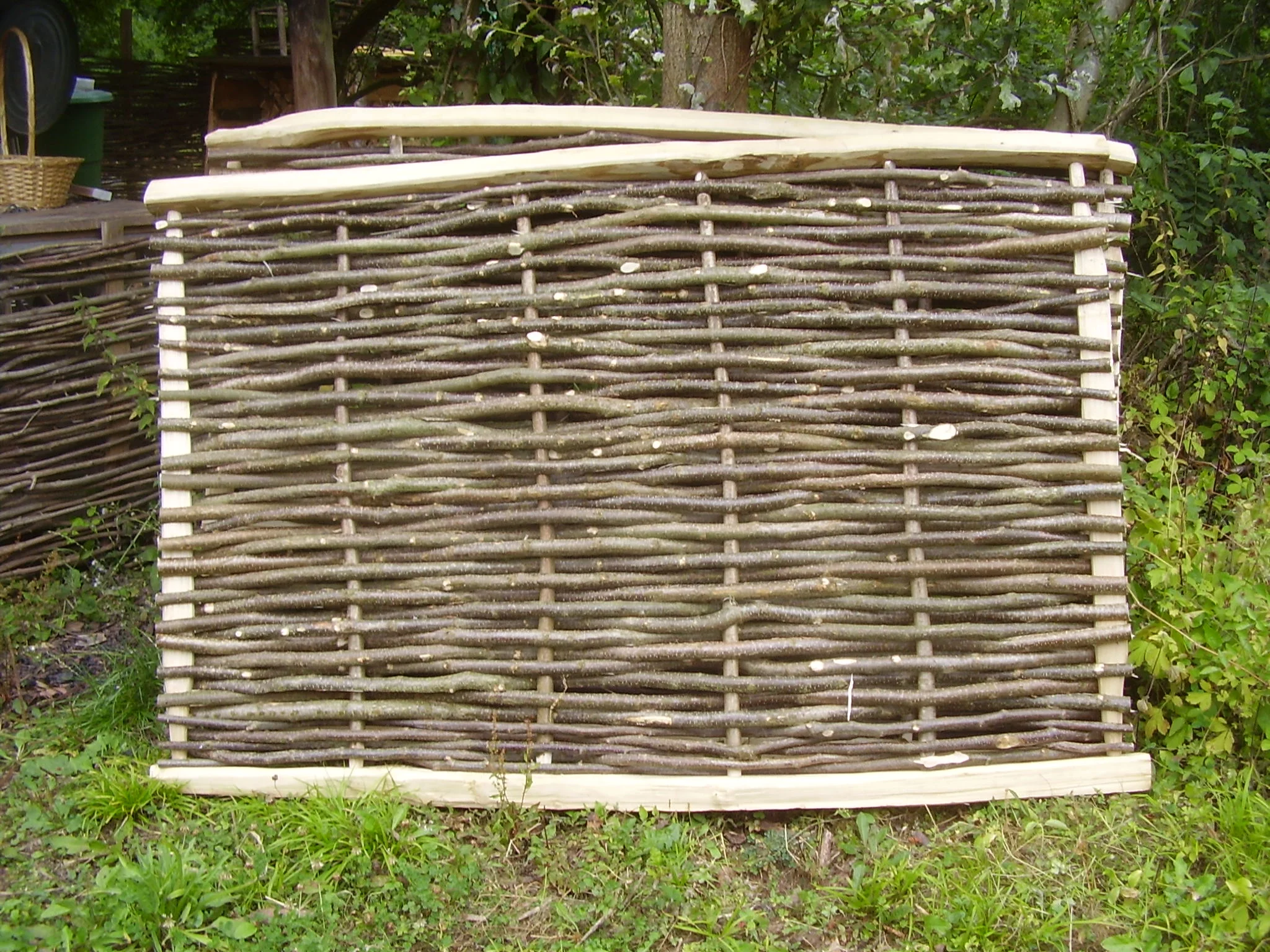
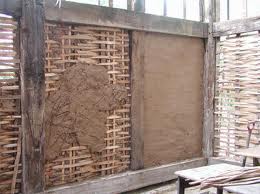
How Permies works: https://permies.com/wiki/34193/permies-works-links-threads
My projects on Skye: The tree field, Growing and landracing, perennial polycultures, "Don't dream it - be it! "












 16
16




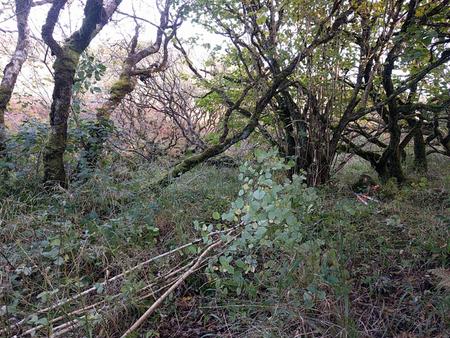
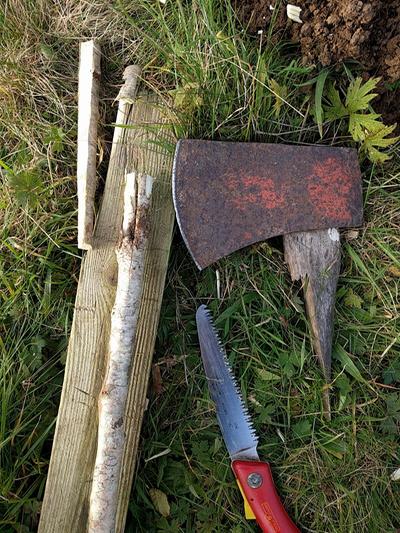
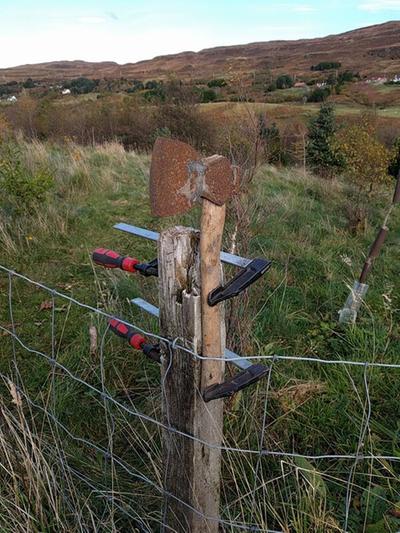
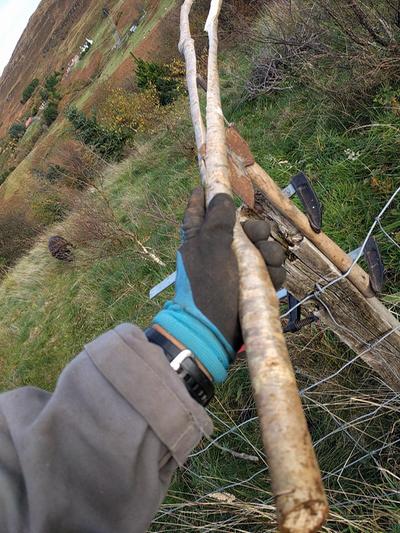
How Permies works: https://permies.com/wiki/34193/permies-works-links-threads
My projects on Skye: The tree field, Growing and landracing, perennial polycultures, "Don't dream it - be it! "
 6
6




 1
1




Visit Redhawk's soil series: https://permies.com/wiki/redhawk-soil
How permies.com works: https://permies.com/wiki/34193/permies-works-links-threads












 6
6




Jay Angler wrote:Nancy, your first picture shows all the poles with the bark side out. Would this be the traditional way to do this, or would people sometimes alternate split side/bark side?

How Permies works: https://permies.com/wiki/34193/permies-works-links-threads
My projects on Skye: The tree field, Growing and landracing, perennial polycultures, "Don't dream it - be it! "
 10
10




Visit Redhawk's soil series: https://permies.com/wiki/redhawk-soil
How permies.com works: https://permies.com/wiki/34193/permies-works-links-threads












 7
7




Jay Angler wrote:
However, my bamboo *is* in need of harvesting next summer, and I'm thinking I should try the same method for splitting some of it. The last time I tried to split some, I wasn't happy with the difficulty I had controlling and doing it, and some variation of what you've shown might work better.
How Permies works: https://permies.com/wiki/34193/permies-works-links-threads
My projects on Skye: The tree field, Growing and landracing, perennial polycultures, "Don't dream it - be it! "
 9
9




Maybe - if you have bigger, stronger hands than I have. Having the "tool secured" and being able to use both my hands on the piece of bamboo will likely be easier on me. I'm used to having to go the route of "not as efficient, but better safe than sorry" approach to projects!Nancy Reading wrote:In the book, it shows some people cleaving using a hand held blade (a froe?) and mentions the technique i followed as a regional thing. I suspect doing it freehand takes a lot more practise, but would be quicker and more portable once skilled.
Visit Redhawk's soil series: https://permies.com/wiki/redhawk-soil
How permies.com works: https://permies.com/wiki/34193/permies-works-links-threads
 3
3
















 9
9




Annie Collins wrote:I'm glad you posted about this, Nancy. Do you, or anyone else, know how long the panel is typically supposed to last? Let's assume a temperate climate- some rain, but not too much, not too dry, not too windy, just some breezes.
How Permies works: https://permies.com/wiki/34193/permies-works-links-threads
My projects on Skye: The tree field, Growing and landracing, perennial polycultures, "Don't dream it - be it! "
 5
5




Nancy Reading wrote:
According to this site, hurdle panels should last between 5 and 10 years. I suspect that is a bit on the conservative side, but as always it depends! Insects and fungi will eventually do their thing...The great thing about them though is that as well as looking beautiful, as they are made from renewable resources (coppicing is a wonderful way of creating infinite amounts of useful wood material) and can be returned to the soil when they do reach the end of their life.
 3
3




Zone 6, 45 inches precipitation, hard clay soil
















 2
2




May Lotito wrote:Hi Nancy, do you think hazel rod is easy to split into thinner planks? I want to heat split wood over a flame and bend into desired shapes for basket making. Have you tried something like that with hazel?
How Permies works: https://permies.com/wiki/34193/permies-works-links-threads
My projects on Skye: The tree field, Growing and landracing, perennial polycultures, "Don't dream it - be it! "
 6
6




Moderator, Treatment Free Beekeepers group on Facebook.
https://www.facebook.com/groups/treatmentfreebeekeepers/






|
A tiny monkey bit me and I got tiny ads:
Support permies and give beautiful gifts to gardeners: permaculture playing cards.
https://gardener-gift.com/
|







